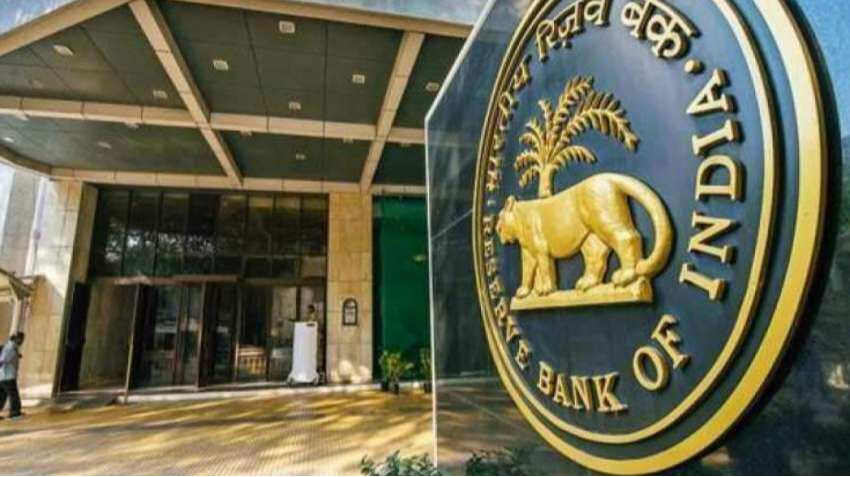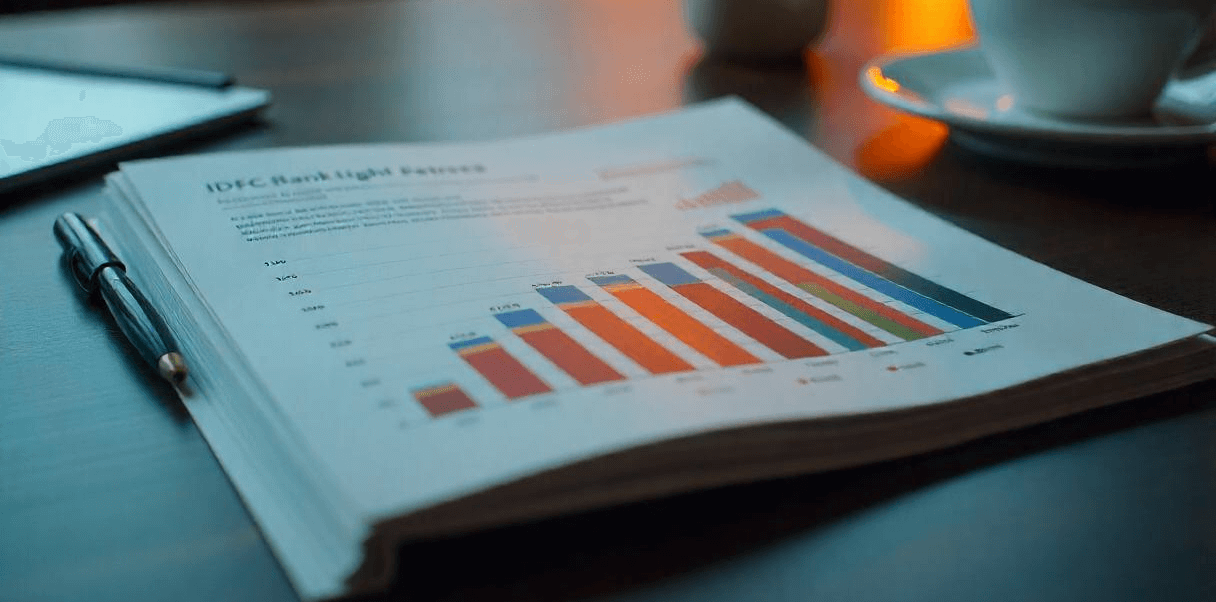Navigating Economic Crosswinds: RBI's Strategic Monetary Policy Moves in 2025

In response to escalating global trade tensions and their potential impact on India's economic growth, the Reserve Bank of India (RBI) has implemented a series of monetary policy measures aimed at stimulating the economy and maintaining financial stability.
Recent Monetary Policy Actions
On April 9, 2025, the RBI's Monetary Policy Committee (MPC), led by Governor Sanjay Malhotra, announced a 25 basis points reduction in the repo rate, bringing it down to 6%. This marks the second consecutive rate cut in 2025, following a similar reduction in February. Additionally, the RBI shifted its policy stance from 'neutral' to 'accommodative,' signaling a readiness to further support economic growth if necessary.
Factors Influencing the RBI's Decision
Several key factors influenced the RBI's recent policy decisions:
- Global Trade Tensions: The imposition of a 26% reciprocal tariff by the United States on Indian exports has raised concerns about a potential slowdown in India's GDP growth. Economists predict that these tariffs could reduce GDP growth to around 6.1%, down from the RBI’s earlier forecast of 6.7%.
- Inflation Dynamics: India's consumer inflation rate in March 2025 remained steady at 3.60%, ending a four-month decline. This stability in inflation provides the RBI with the flexibility to focus on stimulating growth without the immediate concern of rising prices.
- Liquidity Considerations: The RBI aims to maintain a liquidity surplus of around 1% of deposits, approximately 2 trillion rupees, to ensure effective monetary policy transmission. This approach is intended to keep the repo rate influential in guiding interest rates and supporting economic activity.
Implications for the Indian Economy
The recent rate cuts and the shift to an accommodative stance are expected to have several implications:
- Lower Borrowing Costs: Reduced repo rates typically lead to lower interest rates on loans, encouraging both consumers and businesses to increase borrowing and investment.
- Stimulated Economic Activity: By making credit more affordable, the RBI aims to boost spending and investment, thereby supporting economic growth amid external challenges.
- Potential Impact on Savings: While borrowers benefit from lower interest rates, savers may experience reduced returns on deposits, which could influence saving behaviors.
Conclusion
The RBI's proactive monetary policy measures reflect its commitment to navigating the Indian economy through a complex global landscape marked by trade tensions and economic uncertainties. By reducing the repo rate and adopting an accommodative stance, the central bank aims to balance the objectives of sustaining economic growth and maintaining price stability. Stakeholders, including consumers, businesses, and investors, should stay informed about these developments to make well-informed financial decisions in this evolving economic environment.
Recent post
Take Fintegriti for a Test Drive
No License Required!
Still on the fence? Hop in and experience payments so smooth,
even your morning coffee will be jealous



